02 Nov Suhasini Ayer

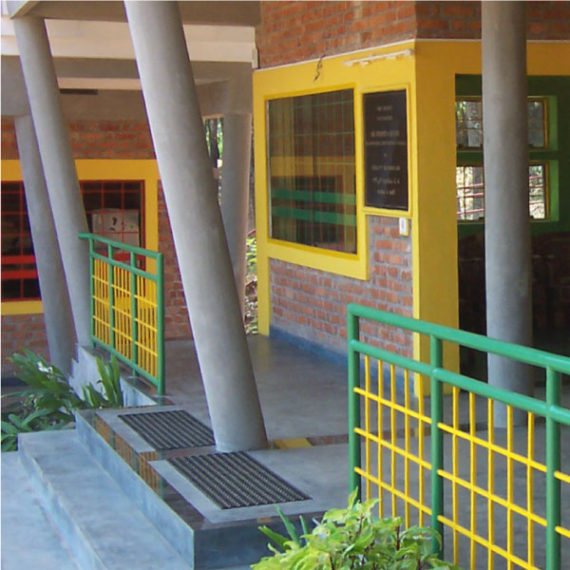
These brave souls risking personal and professional credibility quietly started fusing the boundaries of planning, architecture, design, conservation, crafts and social development interventions to carve out unique niches for their practices.
Post independence, under the first 5 year plan (1951-56) in the effort to tackle the issues of housing and rehabilitation of the refugees, a ministry of works and housing was set up along with the creation of the school of planning and architecture in order to improve the quality and efficiency of built environment, building design, undertake research in housing technologies and create a cadre of trained architects and town planners to meet the needs of development in India.
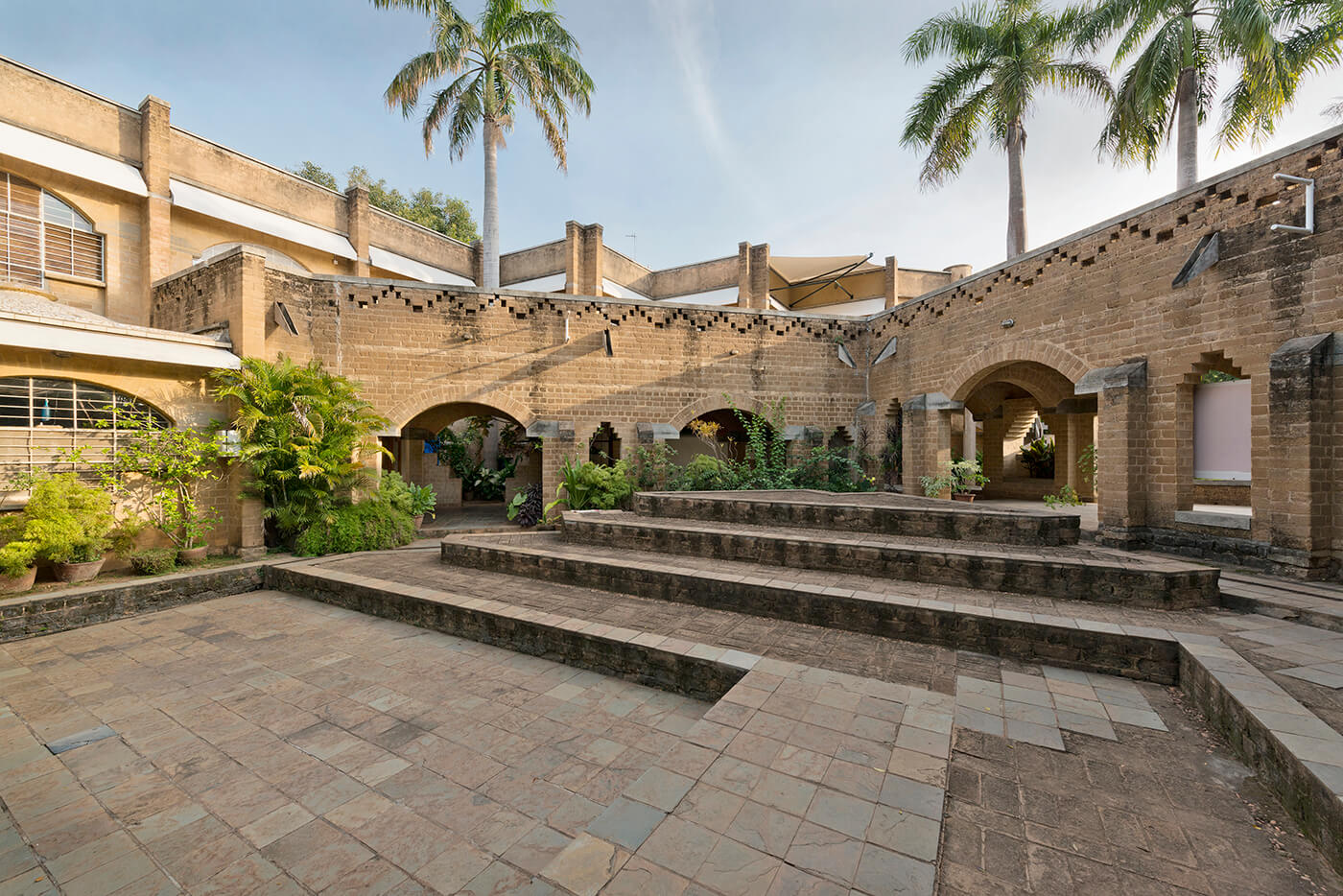
But very quickly the organisation that was set up to meet the challenges and needs of the country found itself relegated to the fringes of the actual development. In the decades before the country opened its markets and became a globalised economy, the professionals that were rolled out of the Delhi school of planning & architecture and all the other colleges that emerged in the country, found themselves servicing a narrow segment of the market along with a few institutions in the public and semi-public sector.
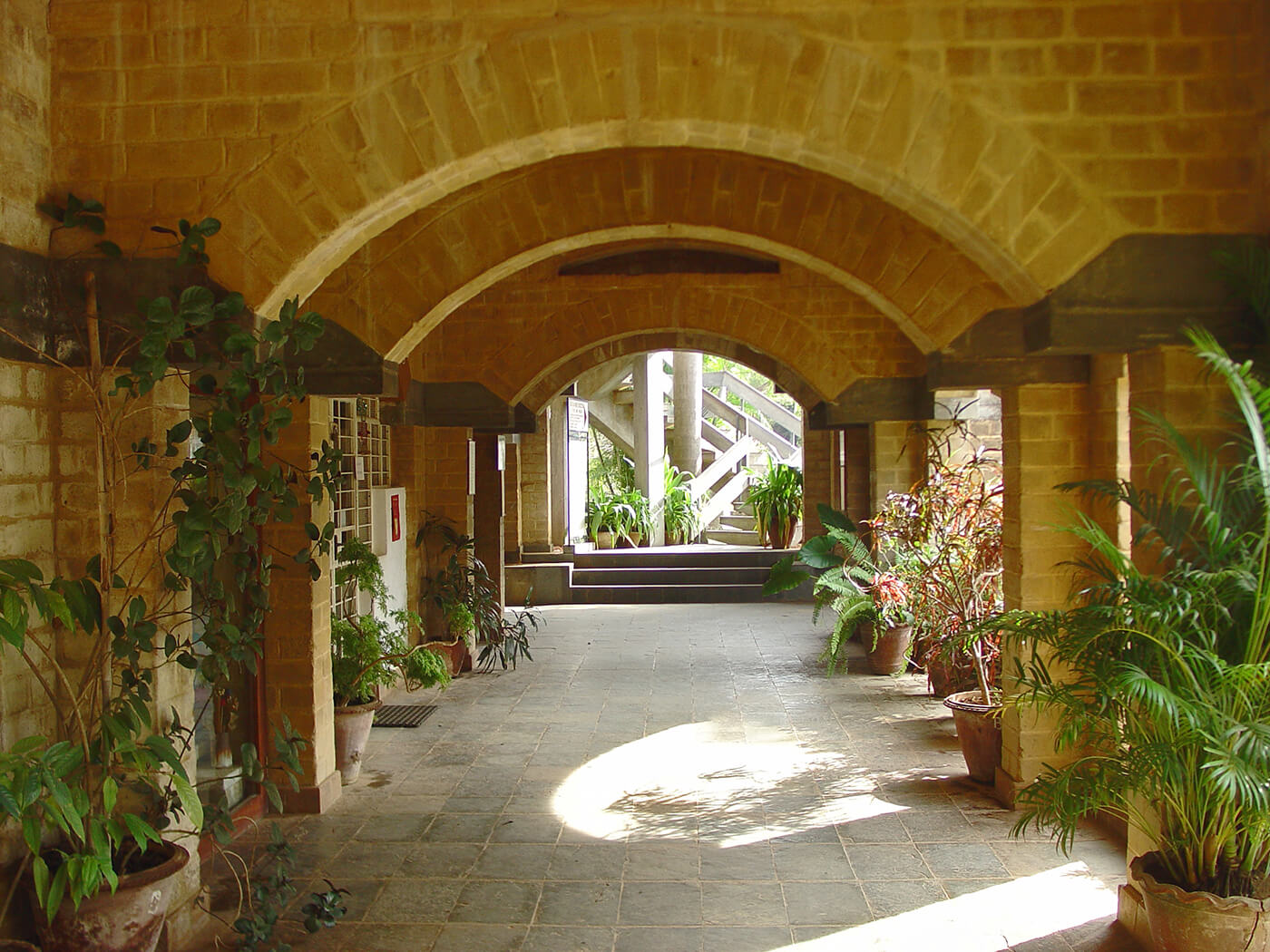
Within this narrow spectrum, the few women who entered the profession were employed in the second rung of the offices, providing support to the male directed projects. Even the ones who did manage to find the cracks and emerge into the light could do so only by or marrying into the management level of practices that were established. In the 1980’s, while the country was being brought to its knees economically by international financial institutions, some women architects refused to choose between being part of a marginalized profession churning out “houses” for the elite or kowtowing to established structure of the profession.
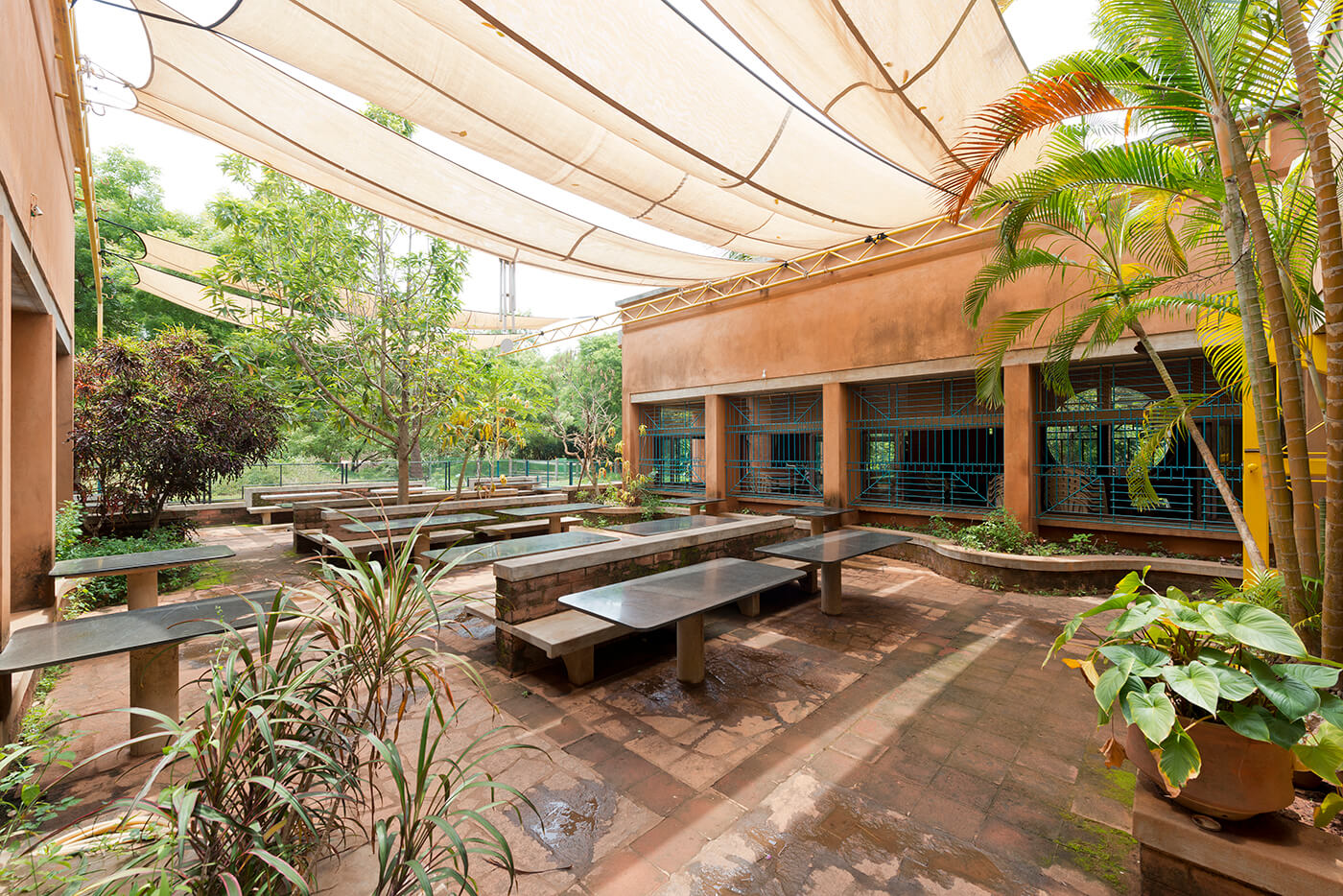
These brave souls risking personal and professional credibility quietly started fusing the boundaries of planning, architecture, design, conservation, crafts and social development interventions to carve out unique niches for their practices. The impact of this insidious but effective movement is under estimated even today as many of these women rarely position themselves to ensure personal recognition, in a profession that not just condones but promotes narcissism.
I see the present as the “grass roots” phase of women’s intervention in the profession, working towards an incremental and creeping change.
The last 25 years in the profession of architecture and design in India, we have seen a tremendous boost in the enrolment of women in the colleges of architecture, in fact at a glance it looks like about 40-45% of the enrolment is women and the % of women in the faculty has also gone up from where one could count on one hand the numbers in the 1970-80’s to about more than half.
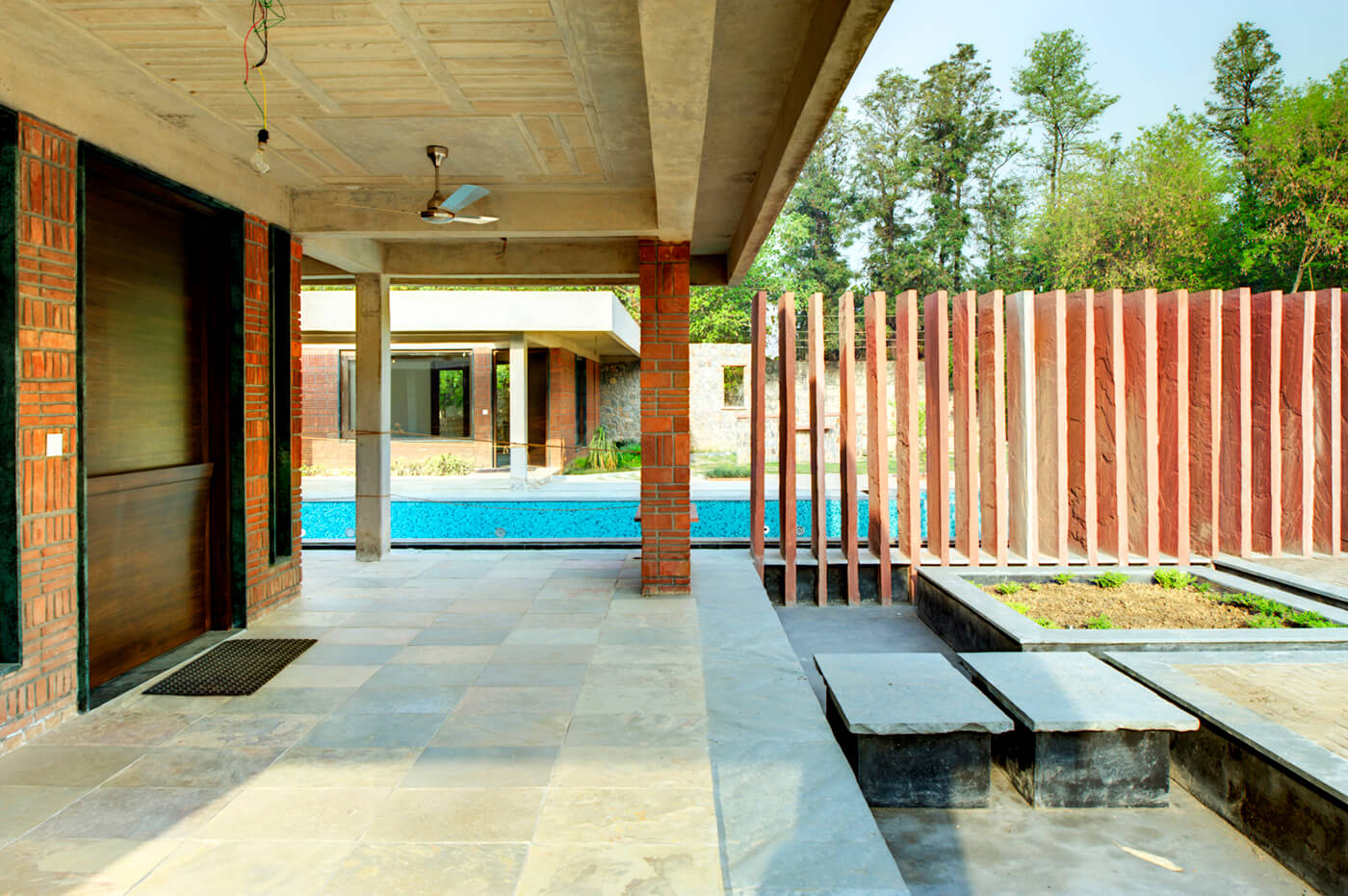
The women who enrol are from urban, middle and upper middle class, which would lead to the expectation that by now at least 20-25% of the firms would be lead by women or have women as the principal designers. Sadly it is not to be. There are many reasons and one of the principle one, I find is the work culture in urban India where disharmonious work – life balance is celebrated as “commitment” to the profession. Most of the offices tend to extend working hours into the late evening, rewarding the staffs who are able to stay on late (read men!) with more say in the projects and better remuneration. This is over above the fact that women are paid 20-25% less for the same job already.
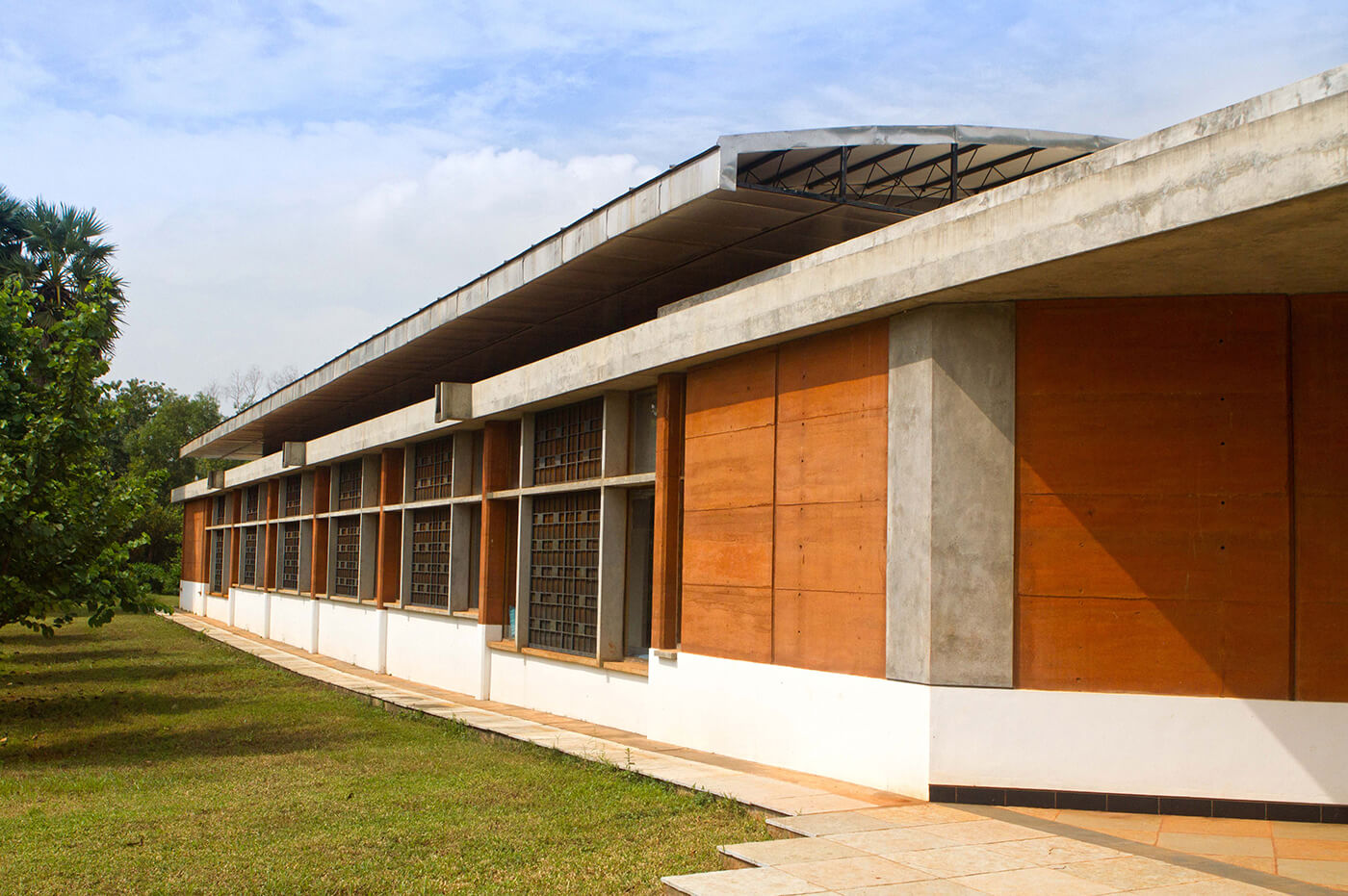
If one takes into consideration that societies and cities are planned and managed for and by males, the disparity when it comes to security and social support for practicing women architects is not going to be erased without concerted effort. The positioning in the public eye via print and visual media of excelling women architects and designers, recognising their contribution with awards and undertaking events devoted to this cause is laudable. The self-organising sisterhood of large, medium and small practices networked is creating a pool of shared knowledge and support. I see the present as the “grass roots” phase of women’s intervention in the profession, working towards an incremental and creeping change.

With more women than ever enrolled in the planning, architecture and design institutions, engage in changing the present system of teaching to introduce the tutorial system of learning design and architecture.
Personally, I find it is imperative that women planners, architects, management and development professional need to get out of their comfort zone within the hospitable niches that most of the successful practices are in and become change makers, take on established exploitative structure of development. This is essential as the challenge of gender equity is tied to global crisis of environmental degradation with its resultant outputs of extreme climate, inequity of access to the basic needs driving more people into extreme poverty along with privatisation of basic urban services. Closing the loop between academia – profession –markets. With more women than ever enrolled in the planning, architecture and design institutions, engage in changing the present system of teaching to introduce the tutorial system of learning design and architecture. Practicing women architects partner with colleges to teach, mentor and facilitate the flow of experiential learning to small groups of 4-6 students each over couple of years.

All women lead or partnered firms plan and bring about changes in the work place to ensure more life – work balance to end the culture of marginalization. Not only would it give women a level playing field but also enable equitable sharing of responsibility in the domestic sphere. Integration of processes in the field of development; presently the decision making process from the scope of the development, development regulations, financing mechanism, appointment of the architects and development process all work in silos. Women have the innate capacity for lateral integration, engage with women in each of the areas of development and build up a counter movement to the old boys’ network!

Finally, infiltrate the structure to intervene on policy issues to change the present politics of development. This is essential as no amount of small grass roots action is going to have the combined force to bring about the course correction needed to roll back the imminent disaster that climate change is going to unleash. Historically, in times of environmental, economic and social disasters, women have always been very effectively marginalized from the public domain using the age old tools of patriarchy.
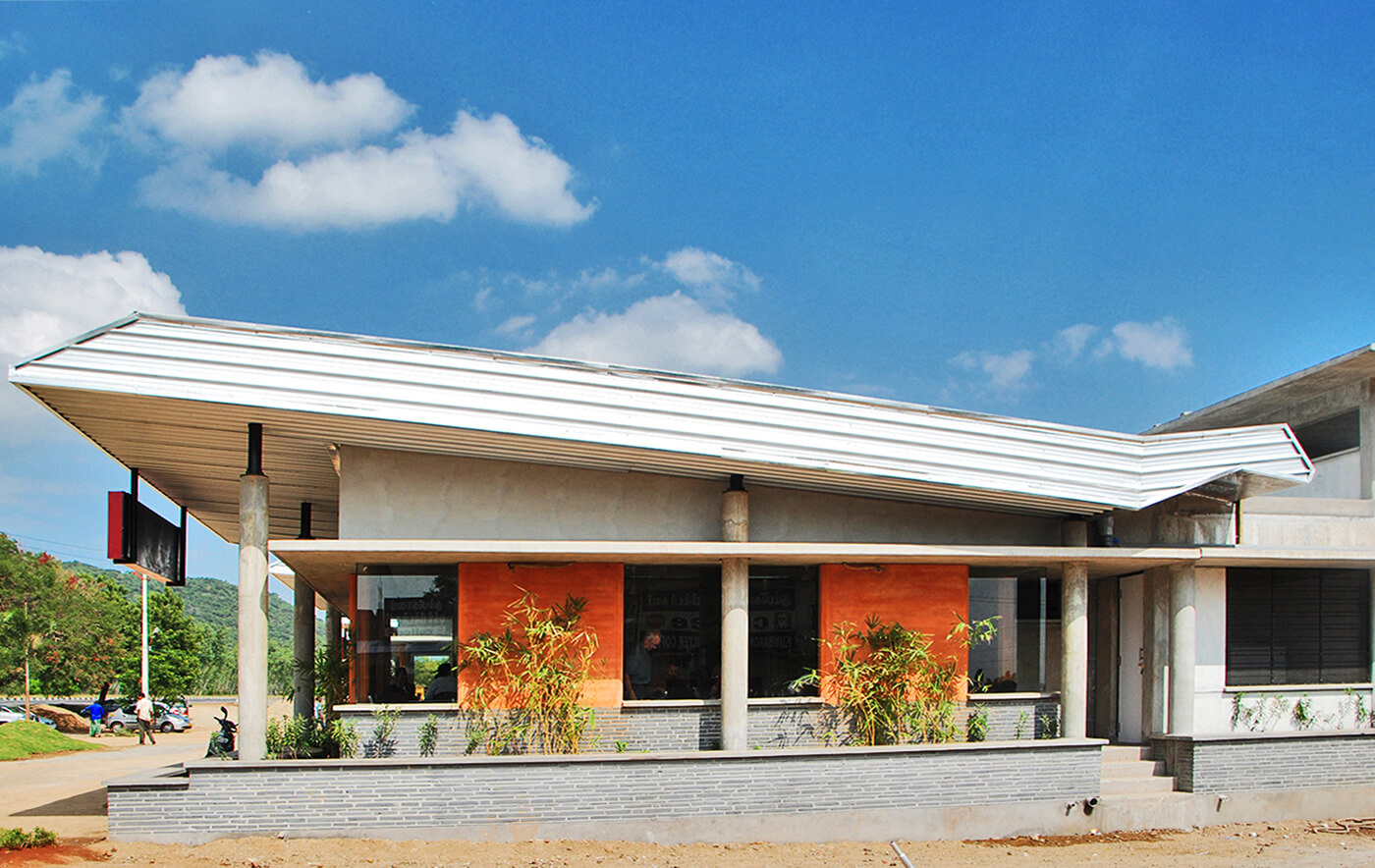
Suhasini Ayer
THEME
Architecture and Practice
DESIGN FIELD
Architecture and Practice
LOCATION
Auroville – Tamil Nadu
STUDIO NAME
Auroville Design
ABOUT
My planning and design practice is based in Auroville, an international city in making in rural Tamil Nadu. The initial projects were mostly local, which in response to the context, the buildings were designed to be passive solar using local building materials built with little or no mechanization and self sufficient in energy, water and waste. This was a great foundation for understanding and responding to developmental issues of a resource poor country. At the same Auroville has a standard for quality of design and construction which is non-negotiable, driving the team to excel. So, without positioning our works in the public, we have been recognized and accepted within the peer group of discerning professional and have a steady trickle of small and medium size diverse commissions from various segments and sectors of the country.
My goal to engage the design community of this country in building a vision enables multilayered partnership between the designer – civil society – structure, challenge the present paradigm of design that necessitates socioeconomic and environmental fragmentation, littering our cities and towns with an aesthetics that is a parody of the developed world, adding visual pollution to the air, water and soil pollution that we already excel at.


